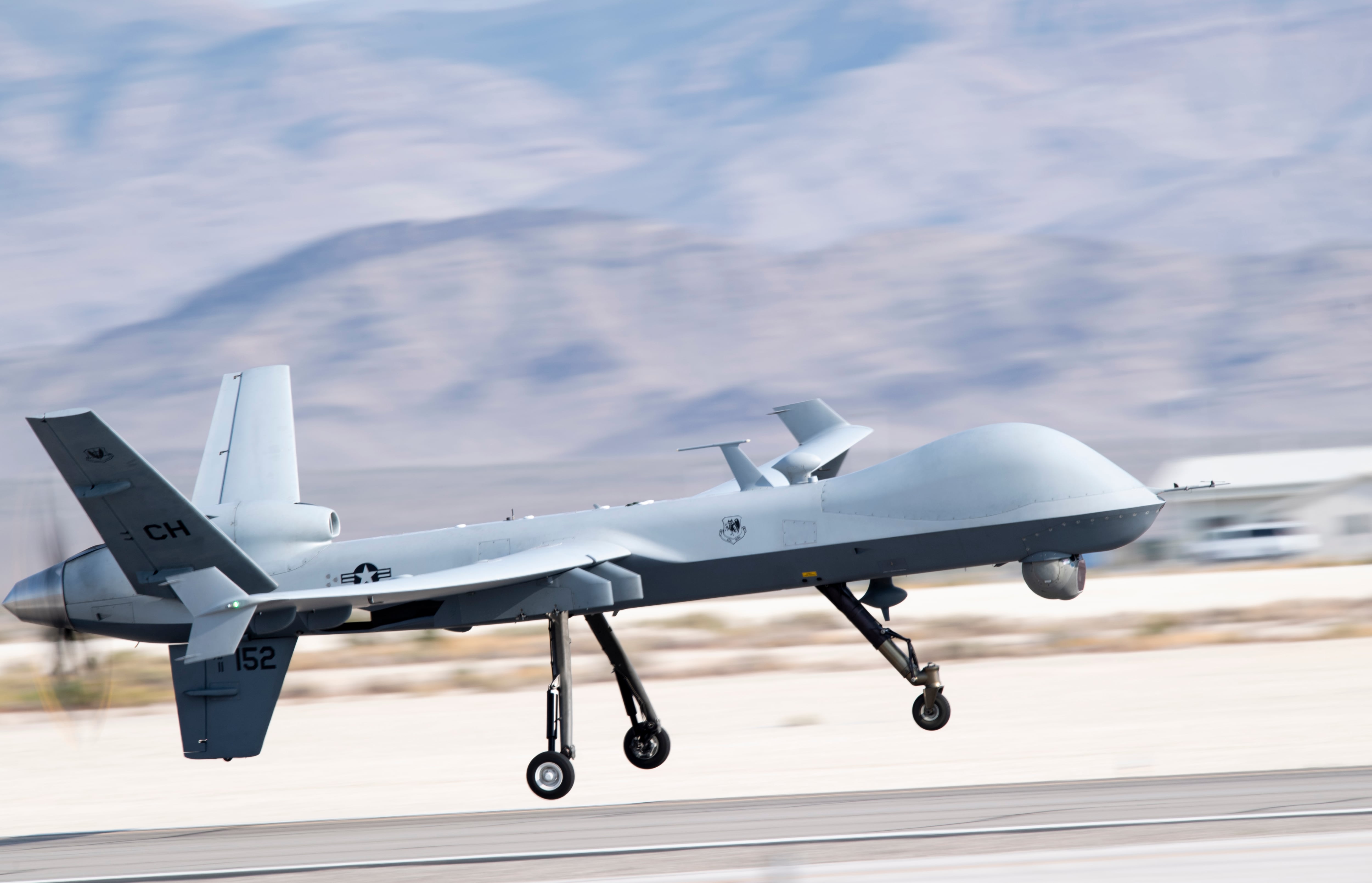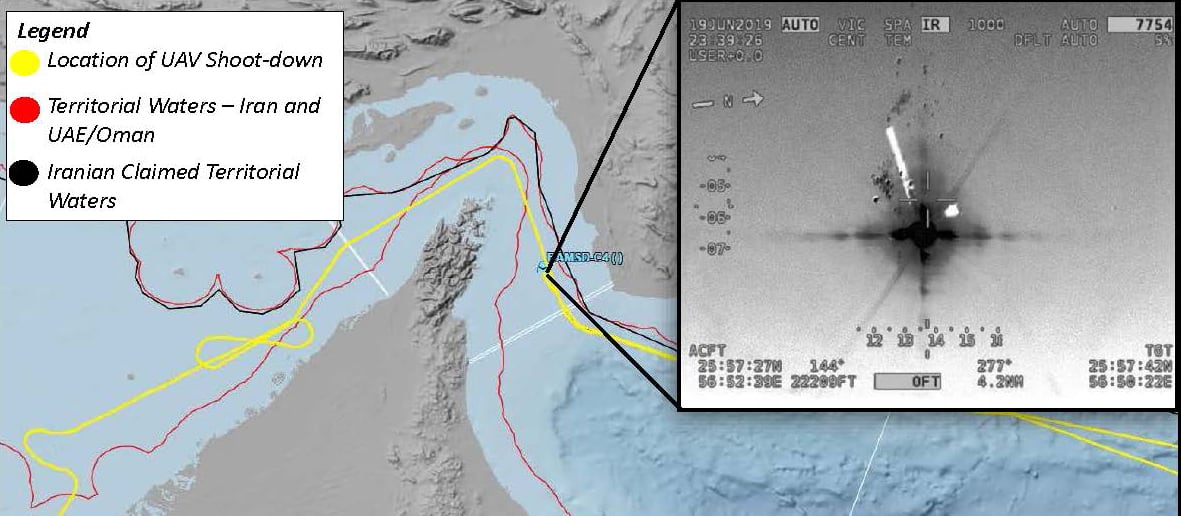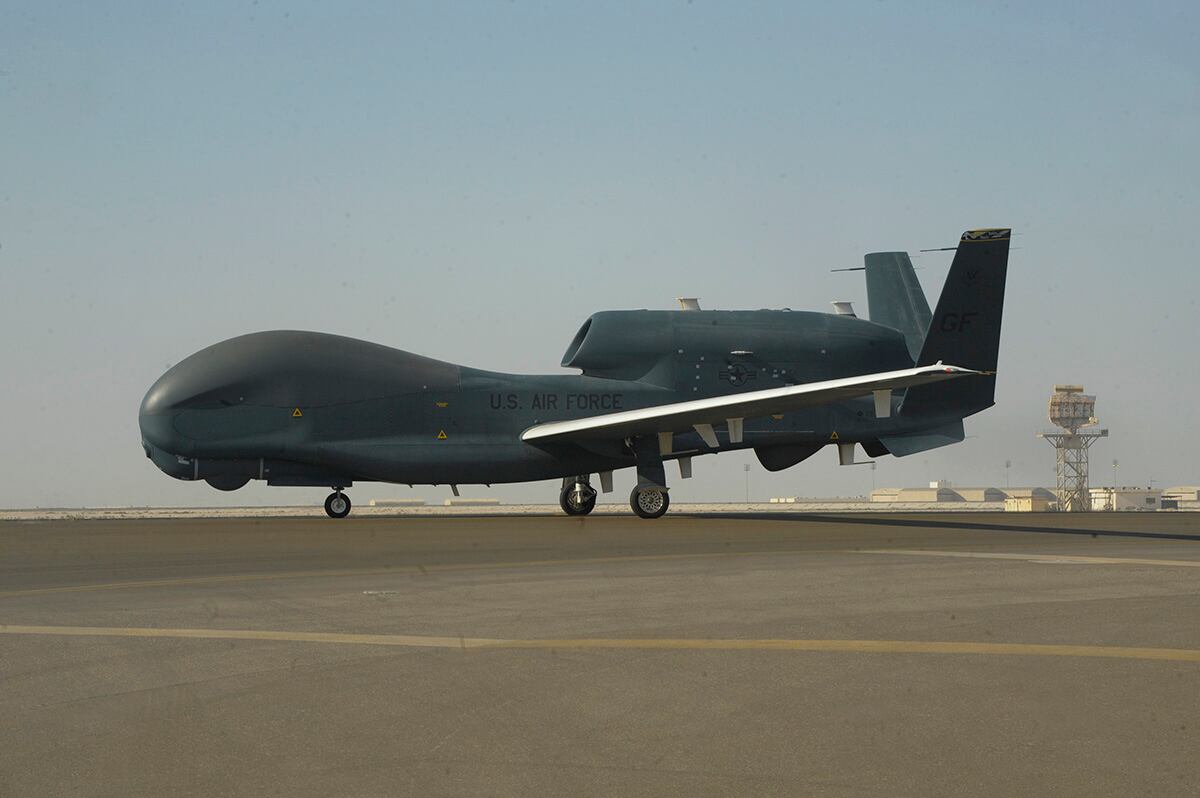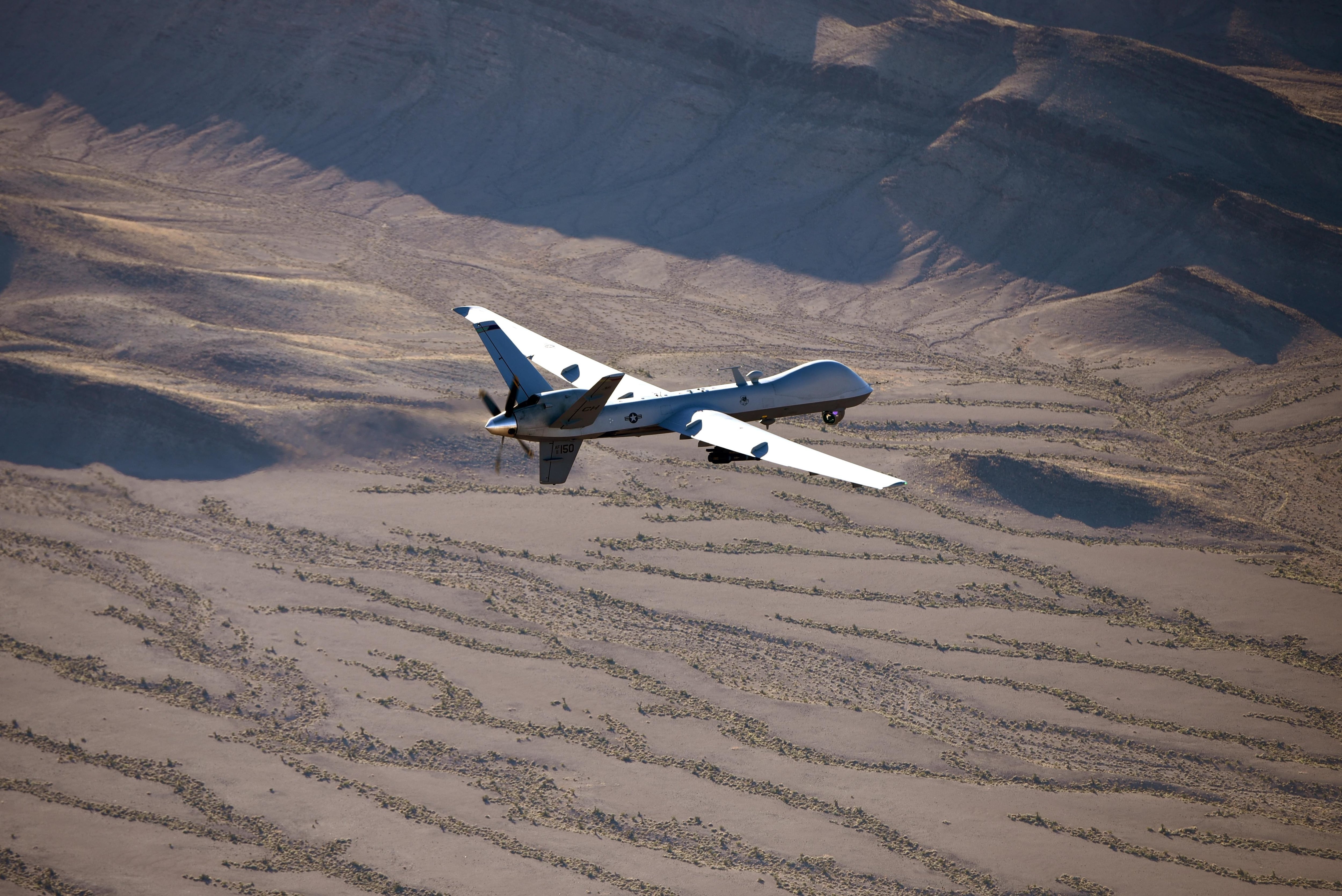WASHINGTON — An American intelligence drone splashed into international waters this week, after Russian fighter jets intercepted, harassed and ultimately careened into it over the Black Sea near Ukraine, U.S. defense officials said.
The uncrewed General Atomics MQ-9 Reaper was flying a routine surveillance mission when it and one of two nearby Su-27 jets collided March 14 around 7 a.m. local time, U.S. European Command said. The drone’s propeller was damaged, according to Pentagon spokesperson Brig. Gen. Pat Ryder, rendering it “unflyable, uncontrollable, so we brought it down.”
While military intercepts of aircraft are common — and typically follow a set of engagement rules — the alleged antagonistic nature of the Tuesday incident cast it in sharp relief.
RELATED

Samuel Bendett, an expert at the Center for Naval Analyses, told C4ISRNET Russian media and other parties closely monitor “drone flights in the Black Sea and the proximity to Crimea, publishing flight maps of American drones in that area.” The general sentiment, he said, is “one of anger and resentment that the U.S. has such tools to conduct surveillance and reconnaissance, without an apparent Russian response.”
“Sooner or later,” he continued, “that pent up anger was going to erupt and Russians would respond in one way or another.”
The collision marked the first known physical contact between U.S. and Russian forces since the latter’s invasion of Ukraine in February 2022.
Here are five other U.S. drones that were downed, lost or crashed in contested areas, since 2015:
Libya, 2022 and 2019
An Air Force MQ-9 Reaper crashed near Benghazi, Libya, in August 2022, prompting an investigation from U.S. Africa Command.
A command spokesperson told Military Times at the time that the drone was “operating in support of U.S. Ambassador and Special Envoy to Libya Richard Norland’s diplomatic engagements” when it went down. It was unclear what the cause was.
In 2019, officials with the self-styled Libyan National Army apologized for shooting down an unspecified U.S. drone near Tripoli, the capital, after mistaking it for a Turkish-made model used by rival militias.
The U.S. uses uncrewed aircraft in Africa to monitor extremist groups and kill militants.
Strait of Hormuz, 2019
Amid already high international tensions concerning the Islamic Revolutionary Guard Corps and violence in the Strait of Hormuz, an international oil chokepoint, the U.S. in June 2019 said a Northrop Grumman-made Navy RQ-4 Global Hawk surveillance drone was hit with an Iranian surface-to-air missile.
Air Force Lt. Gen. Joseph Guastella Jr., then the commander of U.S. Air Forces Central Command, described the attack as unprovoked.

“At the time of the intercept, the RQ-4 was operating at high altitude, approximately 34 kilometers from the nearest point of land on the Iranian coast,” Guastella told reporters at the Pentagon. “This dangerous and escalatory attack was irresponsible and occurred in the vicinity of established air corridors between Dubai, United Arab Emirates and Muscat, Oman, possibly endangering innocent civilians.”
The incident nearly resulted in armed conflict between the U.S. and Iran, as then-President Donald Trump mulled his options for retaliation, including strikes on missile and radar installations.
Iranian officials contend the RQ-4 violated their airspace.
Yemen, 2019
Houthi rebels shot down an MQ-9 Reaper over Yemen in June 2019 with what U.S. Central Command described as an SA-6 surface-to-air missile.
The drone was likely targeted with assistance from Iran, the command said at the time, citing a clear “improvement over previous Houthi capability.”
RELATED

Days later, CENTCOM said, a modified SA-7 surface-to-air missile failed to take out another MQ-9 that was monitoring activities in the Gulf of Oman. The missile missed by at least 1 kilometer.
Syria, 2015
The Air Force in 2015 acknowledged a General Atomics MQ-1 Predator was downed in Syria, after previously saying contact was lost with a drone during an intelligence-gathering flight.
Syria’s official news agency at the time said air defenses hit a “hostile U.S. surveillance plane,” the Washington Post reported.
Air Force Times reporter Rachel Cohen contributed to this article.
Colin Demarest was a reporter at C4ISRNET, where he covered military networks, cyber and IT. Colin had previously covered the Department of Energy and its National Nuclear Security Administration — namely Cold War cleanup and nuclear weapons development — for a daily newspaper in South Carolina. Colin is also an award-winning photographer.








